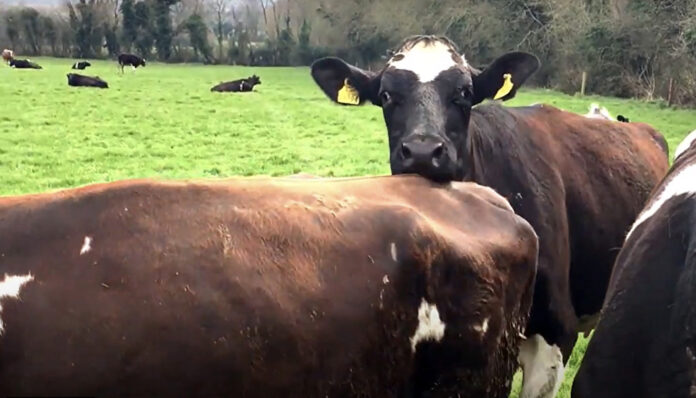
With the breeding season fast approaching on dairy farms, Dr Joe Patton, Head of Dairy Knowledge Transfer at Teagasc, outlines 10 things to consider before the breeding season starts.
1. Breeding start date
What is your optimal start date for breeding? On early farms with free-draining soils, February 1 start of calving may be optimal. However, on heavier soils, a calving start data of February 7-10 may work better. Speak to your advisor on the pros and cons of earlier versus later median calving date and factor in gestation length to you decision on mating start date.
2. Protecting body condition
Cows that lose more than 0.5 units of body condition score (BCS) are at risk of lower fertility. Recent weather conditions have put pressure BCS, through reduced intakes coming to peak milk yield. Make sure cows are receiving enough energy through feed by supplementing correctly where grass intakes are limited. Cows on limited grass need 5-6 kg/day of a high-quality concentrate.
3. Once-a-day an option
Consider once-a-day milking for 3 to 4 weeks on mature cows (low SCC) that are under target for BCS. When implementing, leave these cows with the main herd and feed as normal.
4. Mineral supplementation
Ensure cows receive adequate mineral supplementation before breeding commences. Where problems have occurred in the past, blood test 6-8% of cows at least three weeks before breeding and take corrective action as needed. Speak to you vet on sampling and analysis.
5. Pre-breeding checks
Review your records and mark any cow with issues at calving such as: retained placenta; twins; milk fever; difficult calving etc. Have these scanned to check for uterine score and ovarian activity, and treat problems at least 10 days before breeding commences.
6. Maiden heifer targets
Are your maiden heifers on target for weight? They should be 60% of mature weight this week if starting breeding on May 1. Turn heifers out to high quality grass as soon as possible.
7. Herd genetic merit
Herd genetic merit has a direct effect on your farm’s performance and profit. Refer to your ICBF Herd EBI Scorecard to help establish what these are. Select a team of high EBI AI bulls from the ICBF Dairy Active bull list to breed your dairy herd replacements. Use the team of bulls equally across the herd with no more than 15% of matings to any individual bull to minimise genetic and fertility risks.
8. Use sexed semen
Use sexed semen to generate most or all of your dairy heifer calves for 2025. Plan to use at least two high EBI sexed semen straws to generate each dairy female required.
9. Beef sires
Use beef AI bulls from the ICBF Dairy-Beef Active bull list. Firstly, select bulls with a calving difficulty percentage range suitable for the females being mated (i.e., first calvers, second calvers, mature cows), and then select beef bulls with the greatest beef sub-index value.
10. Sire advice
Use the ICBF HerdPlus Sire Advice Tool to simplify the process of matching cows to both dairy and beef bulls.







